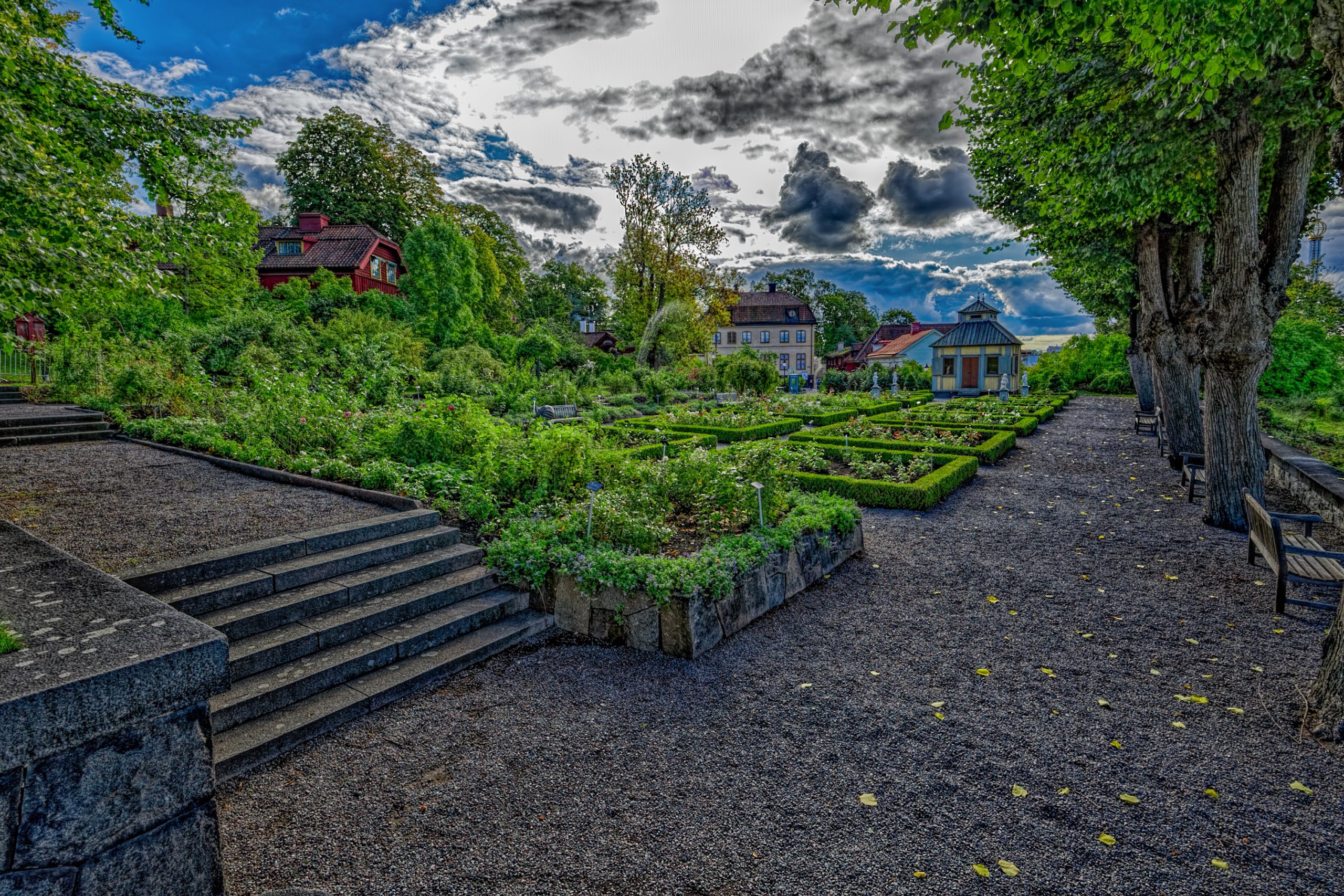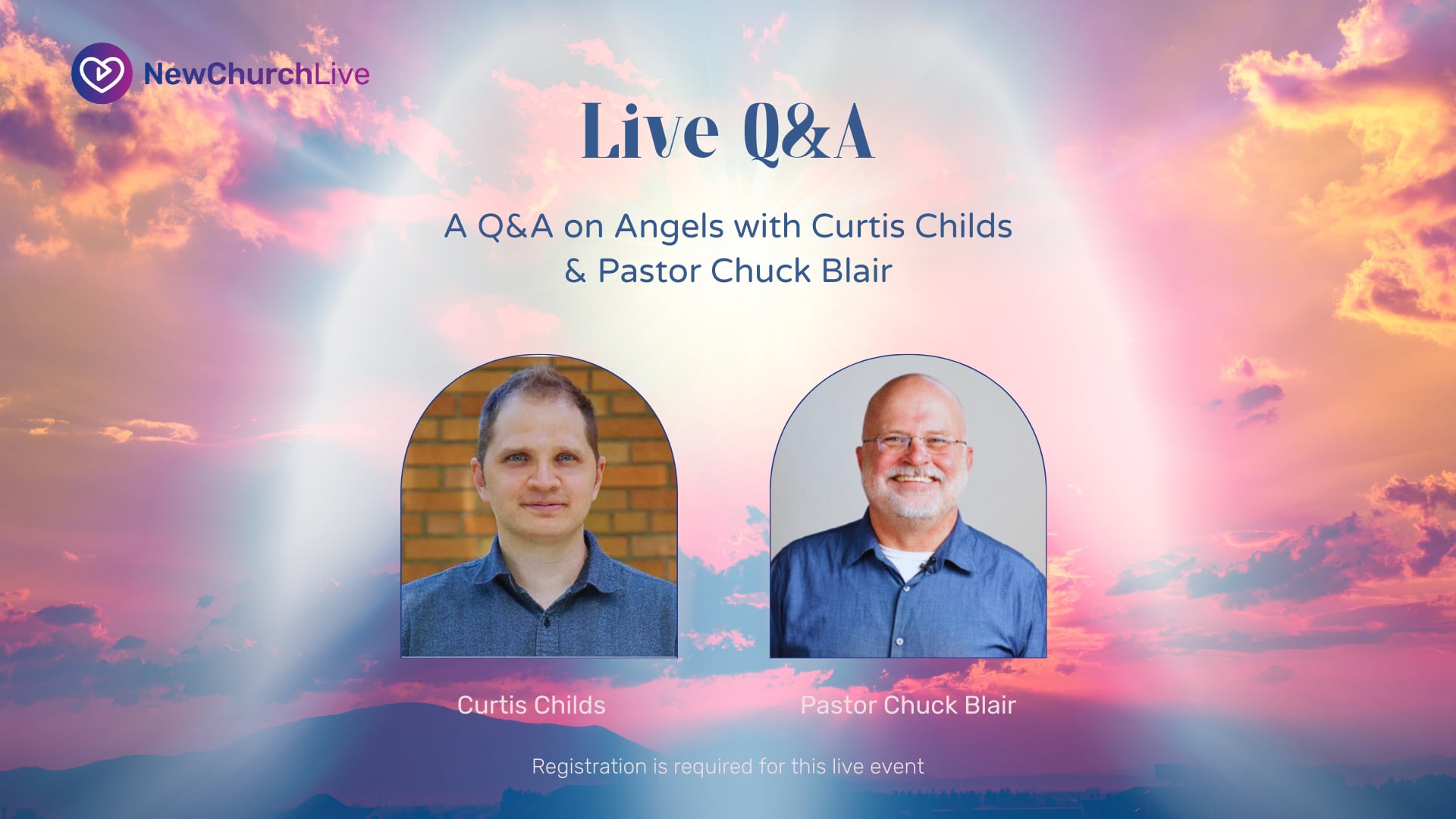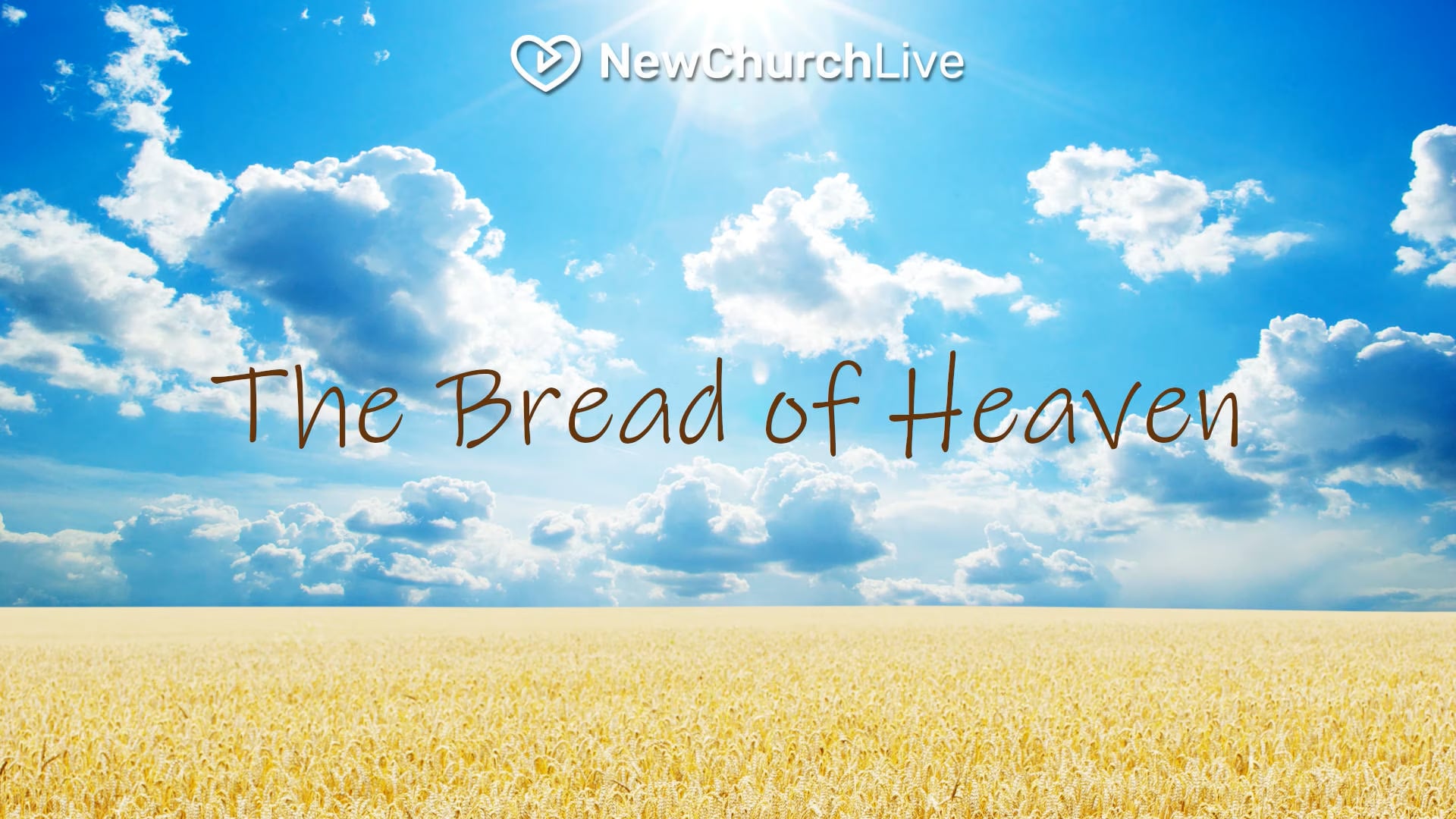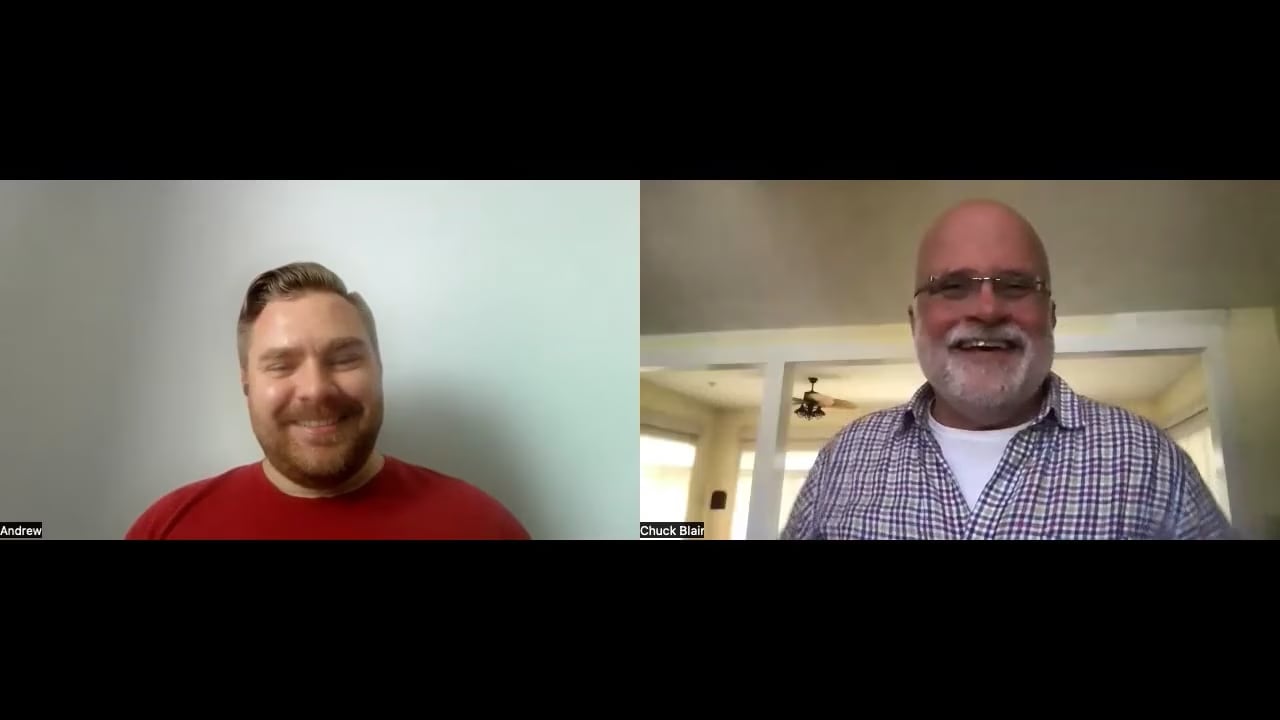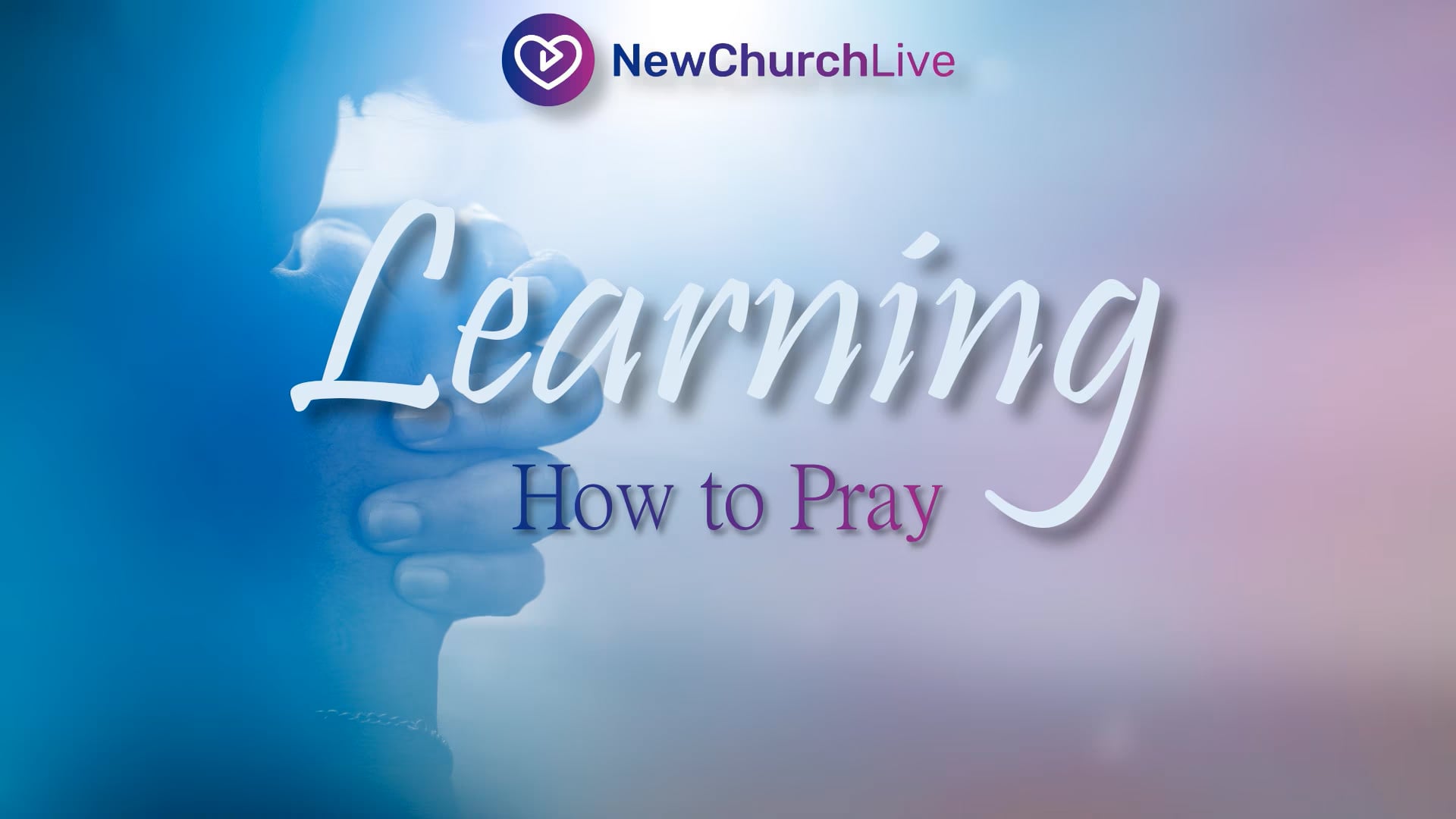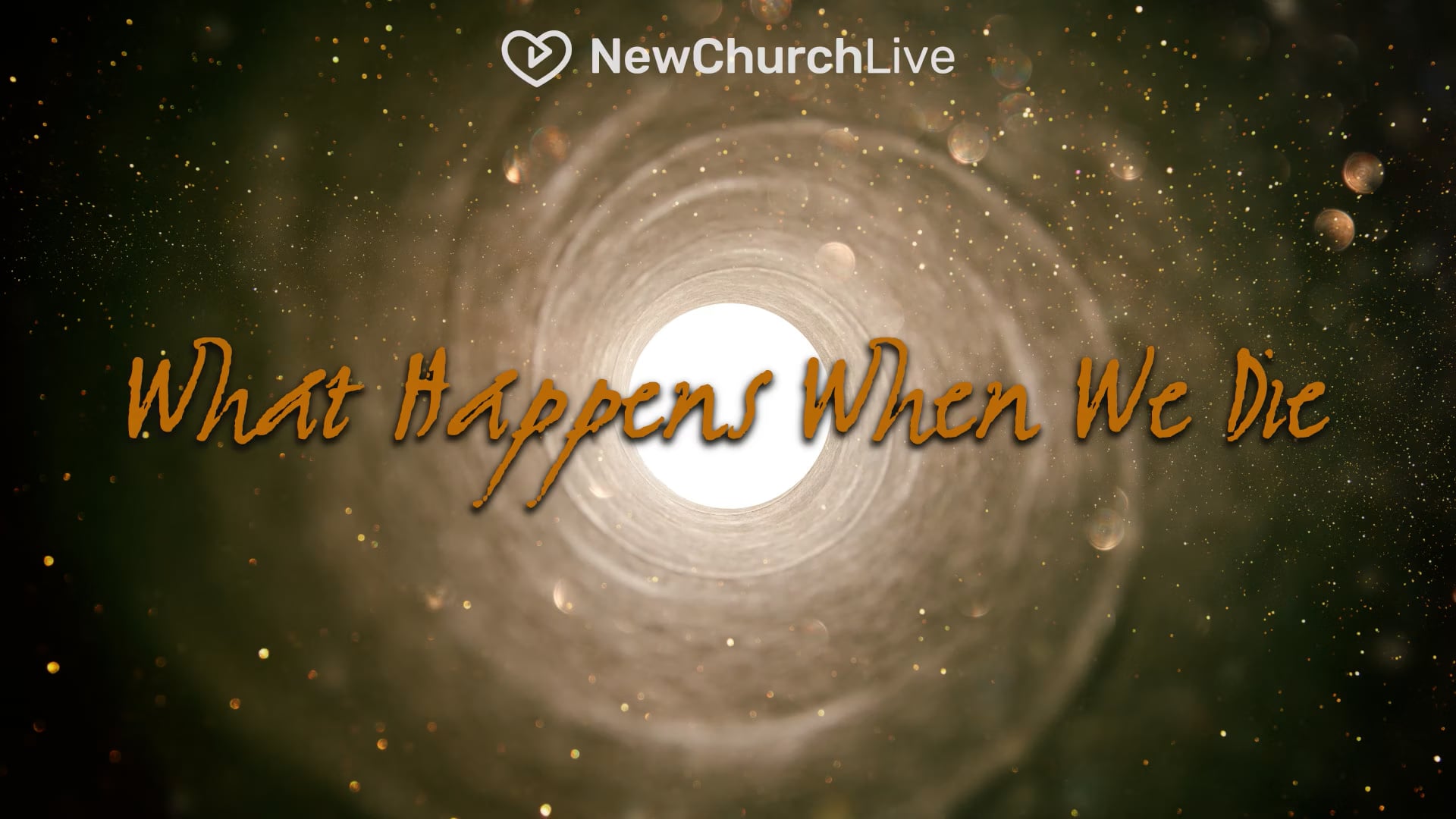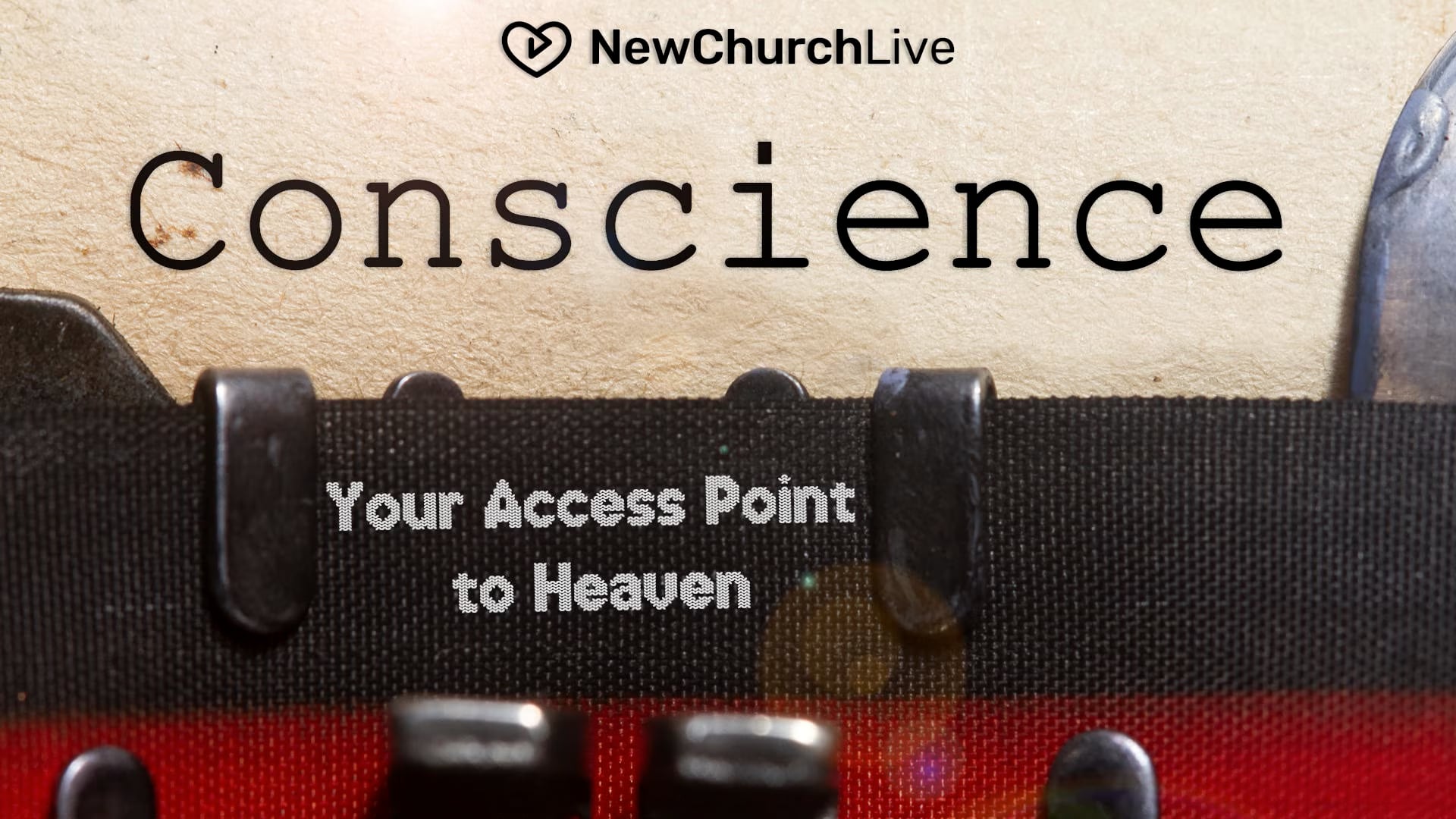From an early age, we’re introduced to concepts of heaven and hell through both pop culture and our early church experiences. We’re often shown images of horned devils and halo wearing angels; they’re pictured on clouds, with a golden gate, and God upon a throne or in a fiery pit, with a pitchforked devil overseeing forced labor and torture. And we’re told our behavior on Earth, our choices, determines where God places us.
But what if there were more to it than that? What if we had more control over our own experiences in the afterlife. According to Swedenborg, our experience of the afterlife, heaven and hell, depends on who we are, at our core. The values we embrace, the communities we create, the way we see ourselves working with others, and how we interact with the world around us have a far greater role in our experience of the afterlife.
Quick Links
- What are Heaven and Hell?
- What is the Afterlife?
- The People You Meet in Heaven
- The Places You’ll Go in the Afterlife
- Finding Purpose in the Afterlife
Table of Contents
What are Heaven and Hell?
According to Emanuel Swedenborg, heaven and hell are both places as well as states of being. Where we end up is largely determined by who we are at our very core (selfless or selfish) and among which people we find ourselves most at home.
We are, essentially, always in the presence of two worlds, the natural world and the spiritual world. The spiritual world is made up of heaven, hell, and the spirit world between the two, where we all first arrive after passing; this spiritual world is populated by spirits, angels, and demons.
Once we have determined where we belong, through significant soul searching and guidance, free from external pressures, we move onward in our journey. Swedenborg alternates between referring to this as upward and downward or inward. Largely, the two are interchangeable in this theology as our searching inward determines our path moving forward. Do we find our true selves closer to God and his love or more aligned with ourselves and our own desires and needs?
Swedenborg’s Vision of Heaven
While Swedenborg leverages our understanding of heaven as a place, he suggests it’s more of a feeling and collective effort to put the needs, wants, desires, and goals of the community at the forefront. Overwhelmingly, it is about love. And, perhaps most importantly, we are, based on God’s wishes, predestined to go to heaven. This is where he’d like us to be and what he would like us to experience.
In heaven, we work to create community with those who are, more like than like-minded, more like similarly-souled. Swedenborg suggests that heaven works much like the human body. We are each, independently, responsible for the energy, love, and wisdom we bring but heaven is largely interdependent. In other words, we act differently as different parts of the body might do, but we all work together to create the whole, which is about love and understanding, with God at the core. Much like the human body, heaven functions optimally when all parts are in alignment.
Thus, heaven becomes a place of comfort, joy, and peace.
Swedenborg’s Vision of Hell
If heaven implies proximity to God, and functioning as part of the same larger, universal unit, then hell is as far as you can get from God. However, it’s important to note that Swedenborg’s theology does not position one’s banishment to hell as something outside of oneself. That is, God doesn’t punish one with hell. Instead, hell is “chosen” by individuals who are incapable of or unwilling to think selflessly– it is made up of people who deem themselves, their needs, their wants, as superior and superseding.
And so, in choosing hell, Swedenborg states these folks live in decrepit buildings, in filth, in a physical manifestation of the world that mimics or echoes their internal experience.
Regardless of whether one is able to travel inward and, in discovering their true essence, find themselves more comfortable in heaven or hell, all the residents of both places were, at one time, humans who walked on Earth. Swedenborg doesn’t recognize a satan or devil– at least not as a single entity– those who choose hell are identified as devils, incapable of appreciating the idealism and selflessness of those in heaven.
Finally, according to Swedenborg, both angels and devils have the ability to impact the lives of humans, to push them to do good and evil, to steer them either away from or into the path of God’s light.
What is the Afterlife?
While Swedenborg seems to suggest that many of our ideas about the afterlife are intuitive, innately known as spiritual beings, he does clarify that we do not immediately go to heaven or hell. Instead, Swedenborg identifies the area we enter immediately after passing as The Spirit World. This entrance is what many hope for in that it is a time of reunions with family, friends, and loved ones who have passed before us. They are, indeed, there to greet us, to welcome us and to help us feel at peace.
The essence is that, here, upon arrival, we are greeted by a heart-centered friendly group of angels who ensure all that enters our minds is love-focused. This allows our souls to travel inward, exploring who we are at our core.
In short, the afterlife is all about your spirit going where your heart feels it belongs. It is an intense period of self-discovery which allows us to discover and see our path forward. There is a process of separation, of leaving all the negative behind for us to see if what we seek is heaven, which is about love and communal selfless love, or hell, which is about love of self. Only then do we meet with similar travelers who are in many ways soulmates.
The People You Meet in Heaven
Whether it’s Mitch Albom’s The Five People You Meet in Heaven or our own hopes and dreams about being reunited with loved ones, who exactly is in heaven and meets us upon arrival weighs heavily upon a lot of people’s minds. Swedenborg addresses this and, through his own visions and experiences, shares that people are undoubtedly met by their loved ones upon arrival.
Because the crux of the initial experience after passing is to be surrounded by love and loved ones, to feel comfortable and at peace, these are the first people you meet in heaven. These angels are gradually joined by others who are of like mind and are like minded souls who are the embodiment of love.
You are then joined by spiritual angels who are focused more on wisdom and learning. Their mission is to help answer questions, help you acclimate, and help you move onward and inward at a speed that is appropriate for you.
The Places You’ll Go in the Afterlife
1998’s What Dreams May Come is often credited with bringing Swedenborgian theology to the big screen and highlighting the ways one may experience the afterlife as a place and environment.
Largely, the concept of place in the afterlife depends on your internal experience. As noted earlier, your experience of the external in the afterlife reflects the internal, so you will, ultimately, feel “comfortable” where you are.
In other words, those who are selfless and concerned with the well-being of the whole, and others, will have access to heaven, which will include the perception of heavenly landscapes and beauty.
Those who, instead find themselves in hell, will not be bothered by their surroundings. And yet, according to the Swedenborg Foundation, to those in heaven. it will appear as if they “live in buildings that are ugly, filthy, and have a horrible stench. However, to the inhabitants of hell their surroundings seem pleasant.”
As one progresses inward and onward, in either location, there are different levels. Different depths to hell, different levels of elevation in heaven. One will only ascend or descend as one feels comfortable. Understandably, the higher one ascends in heaven, the closer one is to God and the more fully able that being embraces love and light. Similarly, the deepest darkest depths of hell are inhabited by beings who fully embrace all the worst of human nature.
Finding Purpose in the Afterlife
And so what? Why do you start where you start or end where you end? What is the purpose? Ultimately, it’s about the union of spirit. As one might imagine, based on who and where we find ourselves, the purpose of the afterlife is to become one with alike beings and spirits. The goal, the purpose, is learning more about and embracing the core of one’s being, be it love or hate.
This transformation is manifested in one’s appearance in the afterlife. While initially remaining physically similar to oneself on Earth, as one grows closer to God, embraces and becomes love, their appearance grows more beautiful. The opposite is obviously true for those heading to hell.
For those who were good and loving on Earth, there is a gradual progression into a being who continuously experiences and shares love. However, according to Swedenborg, angels are not as we imagine them, floating lazily upon a cloud; they have jobs as numerous as jobs on Earth.
Unlike Earth, they are tasked with a job they are adept at and one that brings them joy, so even their “daily” experience is one that is fulfilling and helps them progress in their learning and growth. It is the ultimate act of love and service. In short, heaven functions much like a selfless utopian community.
In contrast, those in hell work to torture one another. There is no fire and brimstone, but instead the spirits dwelling there work to inflict their hate, their greed, and their desire for power on one another. This is, essentially, their job. No one works for anyone else, only for themselves. Again, we must remember that while we may see this as hell, as an awful place, these spirits are completely content there as it speaks to their inner selves.
In short, one’s purpose in the afterlife is to continuously work towards one’s inner self, become a greater force for love…or hate.
Of course, there’s far more to Swedenborg’s experiences and teachings regarding heaven and hell and we’d love to talk more with you about angels, demons, and Swedenborgian theology.
There’s much to learn and much to do, so we hope you’ll engage with our church community in a way that works for you! We hope you’ll reach out to us.






